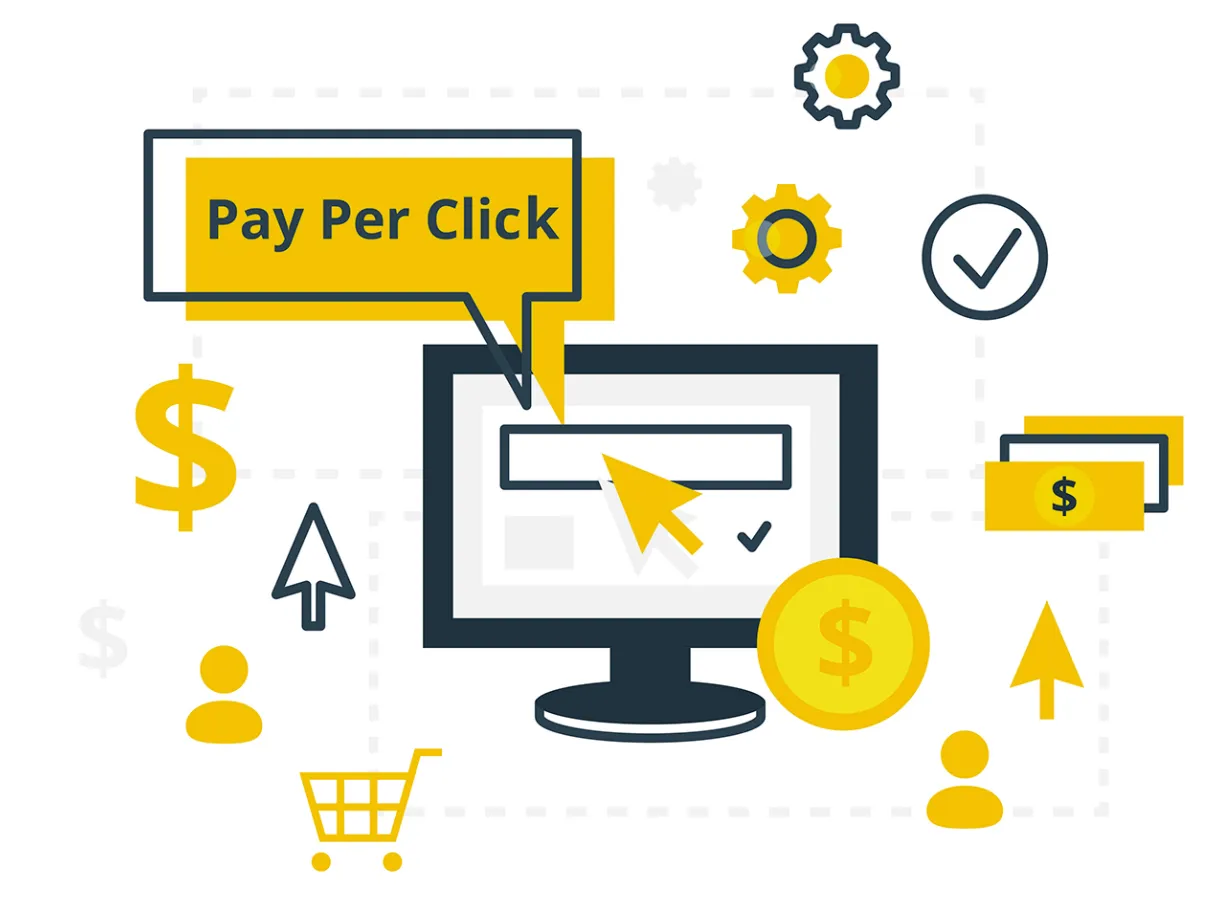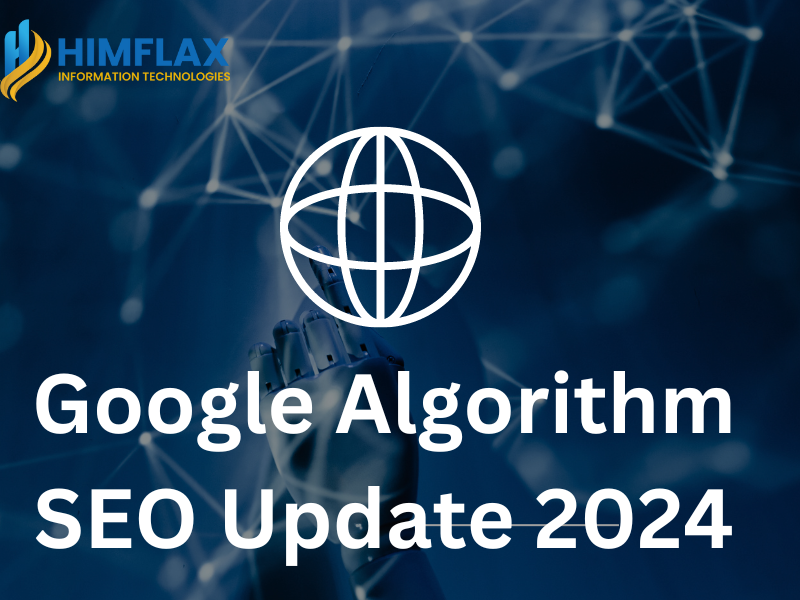In today’s digital marketing landscape, where competition for online visibility is fierce, Pay-Per-Click advertising has emerged as a powerful tool to drive traffic, increase conversions, and maximize return on investment (ROI). Among the various PPC platforms available, Google Ads stands out as the leader, offering a robust and versatile advertising ecosystem. In this blog, we’ll delve into the world of PPC advertising with Google Ads and explore strategies to ensure you get the most out of your advertising budget.
Understanding Google Ads
Google Ads, formerly known as Google AdWords, is an online advertising platform developed by Google. It allows businesses to create and run ads on Google’s search engine and across its vast network of partner websites. Here’s how Google Ads works:
- Keyword Selection: Advertisers choose relevant keywords or phrases that trigger their ads when users search for those terms on Google.
- Ad Creation: Advertisers create compelling text or display ads that are displayed to users when their search queries match the chosen keywords.
- Bidding: Advertisers set a bid for each keyword, indicating the maximum amount they are willing to pay for a click on their ad.
- Ad Auction: When a user searches for a keyword, Google conducts an ad auction to determine which ads to display. The auction considers factors like bid amount, ad quality, and relevance.
- Ad Display: If your ad wins the auction, it is displayed to the user. You only pay when someone clicks on your ad, hence the term “Pay-Per-Click.”
Now, let’s explore strategies to maximize ROI with Google Ads:
1. Comprehensive Keyword Research:
– Start by conducting thorough keyword research to identify high-converting keywords that are relevant to your products or services. Use tools like Google’s Keyword Planner to discover keyword opportunities.
2. Negative Keywords:
– Utilize negative keywords to filter out irrelevant traffic. Negative keywords ensure your ads are shown to users who are more likely to convert, reducing wasted ad spend.
3. Ad Copy Optimization:
– Craft compelling ad copy that includes your target keywords and highlights unique selling points. A strong call to action (CTA) can significantly improve click-through rates (CTR).
4. Ad Extensions:
– Take advantage of ad extensions to provide additional information to users, such as site links, callouts, and location extensions. These extensions can enhance your ad’s visibility and relevance.
5. Landing Page Optimization:
– Ensure that the landing page your ads lead to is relevant, user-friendly, and optimized for conversions. A seamless user experience can greatly impact your ROI.
6. Quality Score Improvement:
– Google assigns a Quality Score to your ads based on factors like ad relevance, CTR, and landing page experience. Higher Quality Scores can result in lower costs per click (CPC) and better ad placement.
7. A/B Testing:
– Continuously test different ad variations to identify which elements perform best. Test headlines, ad copy, CTA buttons, and visuals to refine your campaigns.
8. Geo-Targeting:
– Use geo-targeting to display ads to users in specific geographic locations. This helps you reach your ideal audience and avoid spending on irrelevant clicks.
9. Ad Schedule and Bid Adjustments:
– Analyze your campaign data to determine when your ads perform best. Adjust your bidding and ad scheduling accordingly to maximize ROI during peak times.
10. Conversion Tracking:
– Implement conversion tracking to measure the success of your campaigns. Knowing which ads and keywords lead to conversions allows you to allocate your budget effectively.
11. Regular Monitoring and Optimization:
– Pay-per-click advertising campaigns require ongoing attention. Regularly review your campaign performance, make adjustments based on data, and strive for continuous improvement.
12. Budget Management:
– Set a clear budget and allocate it strategically across campaigns. Monitor spending to ensure you’re getting the most value from your budget.
13. Remarketing Campaigns:
– Implement remarketing campaigns to re-engage users who have previously visited your website. These campaigns often yield higher conversion rates.
14. Mobile Optimization:
– With the increasing use of mobile devices, ensure your ads and landing pages are mobile-friendly for a seamless user experience.
15. Competitive Analysis:
– Keep an eye on your competitors’ strategies. Analyze their ads, keywords, and bidding strategies to stay competitive in your industry.
In conclusion, Google Ads offers a powerful platform for Pay-Per-Click advertising, but success requires careful planning, continuous optimization, and a strategic approach. By implementing these strategies and staying vigilant in monitoring and refining your campaigns, you can maximize ROI with Google Ads and achieve your digital marketing goals.




